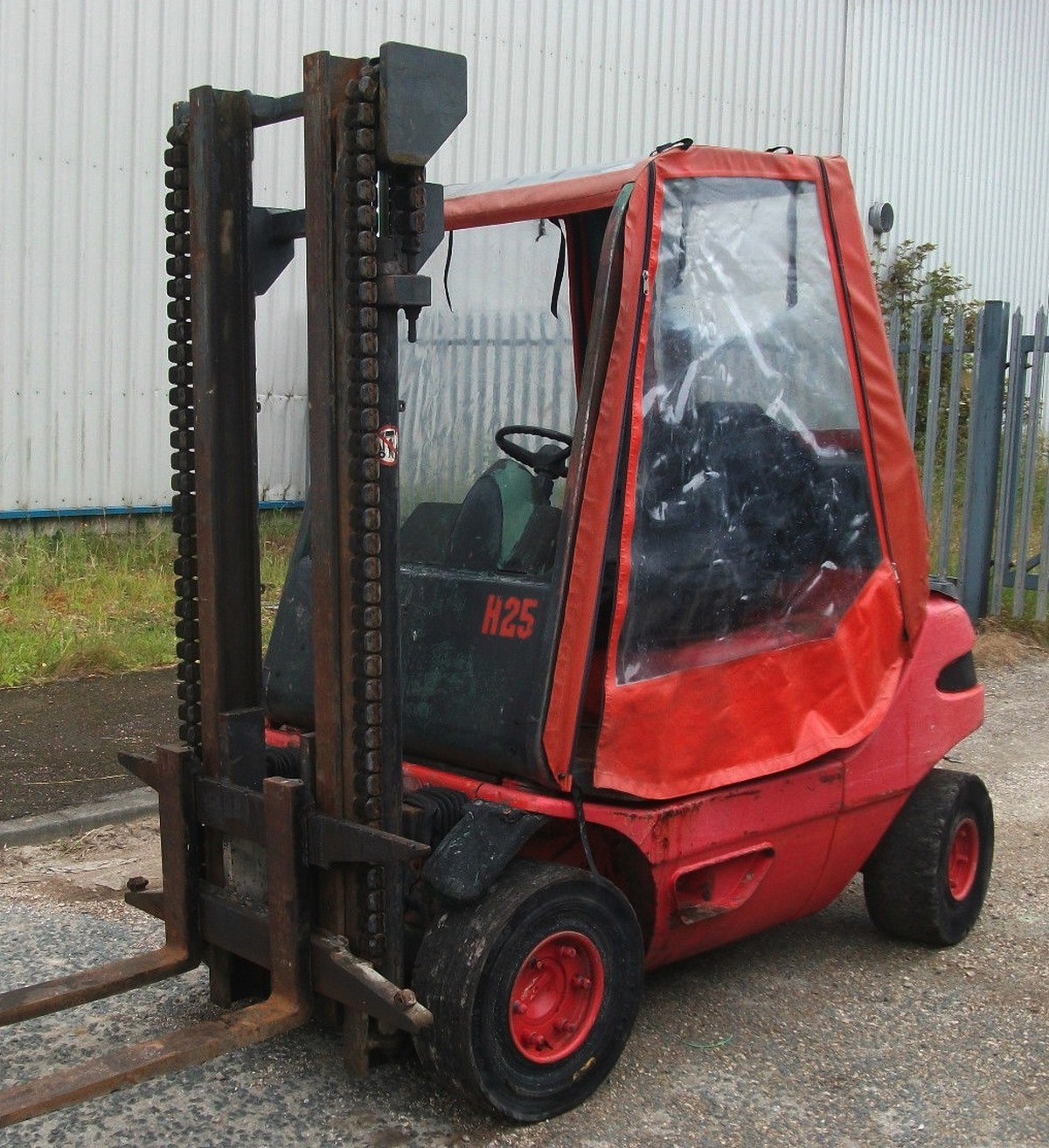This is a brief history of what years seat belt anchorage points were added to U.S. automobiles: Most U.S. passenger cars, starting with 1962 models, have seat belt anchorages for at least 2 lap belts in the front seat, but not all autos. Beginning in 1964, all U.S. cars were manufactured with seat belt anchorages for at least two lap belts in the front seat. Since January 1968, U.S. passenger car and light truck manufacturers have been required to install lap belt and shoulder belt anchorages at each front 'outboard' (driver side and passenger side, not middle) seating position (except convertibles) as well as lap belt anchorages at all other seating positions. Since 1/1/72, these same requirements became effective for trucks. In 1986, GM began to phase in 3 point (lap belts with shoulder harness) for the rear outboard seats of their vehicles and the other major U.S. manufacturers followed suit over the next 3-4 years.
The (NHTSA) National Highway Traffic Safety Administration has a legislative mandate under Title 49 of the United States Code, Chapter 301, Motor Vehicle Safety, to issue (FMVSS) Federal Motor Vehicle Safety Standards and Regulations to which manufacturers of motor vehicle and equipment must conform and certify compliance. On March 1st, 1967, FMVSS 209 was the first standard to become effective. A number of Federal Motor Vehicle Safety Standards became effective for vehicles manufactured on and after January 1, 1968. Since then, other FMVSS have been issued. New amendments and standards to existing standards can be found in the Federal Register.
These Federal safety standards are regulations written in terms of minimum safety performance requirements for motor vehicles or motor vehicle equipment. These requirements are clearly described in such a way 'that the public is protected against unreasonable risk of crashes occurring as a result of the design, construction, or performance of motor vehicles and is also protected against unreasonable risk of death or injury in the event crashes do occur.'
Important: If the necessary anchorage points are NOT present, then proper anchorage points must be safely added before installation.
Off Road Forklifts




Off Road Forklift Tyres
AMBOTHER LED Pods Light Bar 4-Inch 120-watt 12800-lumen Driving Fog Off Road Lights Triple Row Waterproof Spot Flood Combo Beam LED Cubes Lights for Pickup Truck Jeep ATV UTV SUV Boat, 2 Pack Nilight ZH303 2PCS 6.5 Inch 120W Spot & Flood Combo Driving 16AWG Wiring Harness for Led Work Light Triple Rows Off-Road Truck Car ATV SUV, 2 Years Warranty. When you need to lift equipment over unruly landscape or uneven ground at a construction site, then it’s time to rent a rough terrain straight mast forklift. Featuring a 6,000-pound lift capacity and available 4WD, these are tough, nimble and easy to use. Facebook: us on Patreon: SOCIALFor rea. We are a Registered Training Organisation specialising in Heavy Vehicle Training, Machinery Operations, High Risk Licensing and First Aid. Operating as an RTO since 2004 OnRoad OffRoad Training is a Tasmanian owned and run business. All forklifts, floor scrubbers and sweepers, industrial tow tractors, and airport ground support equipment with large spark-ignited (LSI) engines meeting the following requirements are subject to the Off-Road Large Spark-Ignition Engine Fleet Requirements Regulation (LSI Fleet Regulation):. 25 horsepower (19 kilowatts) or greater, and. greater than 1 liter displacement.


Comments are closed.